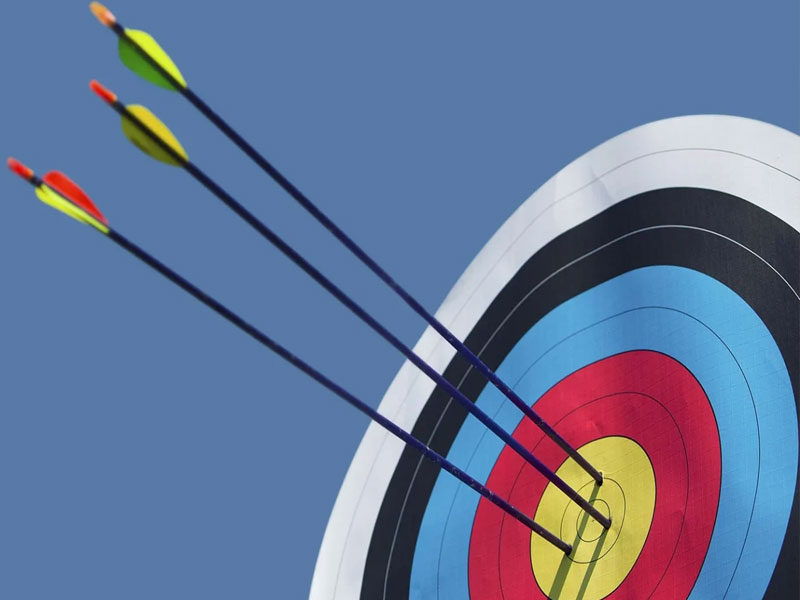AI language models could help diagnose schizophrenia
SOURCE: HTTPS://WWW.SCIENCEDAILY.COM/
OCT 09, 2023
An introductory guide to few-shot learning for beginners
SOURCE: ANALYTICSINDIAMAG.COM
OCT 17, 2021

Usually, machine learning models require a lot of data to work fine on their applications. But what is the case where you do not have enough data to make the model learn well? Let’s take an example of any face recognition system where you need to put thousands of photos to make the system learn the faces. That becomes complex and exhaustive work. In such cases, we need to train the model with a lower amount of data. And Few-Shot learning is a concept that can be used for training the models with a lower amount of data. In this article, we will have a detailed overview of the few-shot learning with its approaches and application domains. The major points to be covered in this article are listed below.
Few-shot learning can also be called One-Shot learning or Low-shot learning is a topic of machine learning subjects where we learn to train the dataset with lower or limited information.
Traditional machine learning models need to feed data as much as the model can take and because of large data feeding, we enable the model to predict better. Where this learning aims to build accurate machine learning models with less training data. There can be many benefits of it like it can help in reducing the time costs, computational costs, data analysis costs, etc.
There are various factors based on them We can tell that this learning is important.
Let us discuss the important points on it.
Few-shot learning methods basically work on the approach where we need to feed a light amount of data to model for training. where Zero-shot learning methods work on the approach where zero amount of data for any particular class is used by models to predict correctly. They have a similar application such as:
We can say that the one-shot learning methods are the combination of few-shot learning and zero-shot learning where we use only one instance for training the models. Most of the face recognition system uses the one-shot learning methods for training the model with only one image of the user.
We can roughly make few-shot learning models using the following three main approaches
There can be various fields where the few-shot learning can be used for various applications. application of this learning in different fields are as follows:
Image processing
Video processing
There are various libraries and packages available for performing the FSL. We can use them to make our projects. Some of them are listed below.
The above-given libraries can be used for making models using the FSL methods, the repository can be used for taking some advantages out of them like learning purposes and modelling purposes. The above-given data sets are benchmark datasets for FSL which can be used for the learning procedure of FSL.
Here in the article, we have discussed how we can make traditional modelling more advanced using few-shot learning. We have also discussed the benefits of this learning including its application. Since it is a great area of research we have various libraries and repositories available to become more acquaintances to the FSL. Also, we listed out some of the repositories related to the FSL. We also discussed the FSL procedures as the approaches.
LATEST NEWS
Artificial Intelligence
Eerily realistic: Microsoft’s new AI model makes images talk, sing
APR 20, 2024
WHAT'S TRENDING


Data Science
5 Imaginative Data Science Projects That Can Make Your Portfolio Stand Out
OCT 05, 2022

SOURCE: HTTPS://WWW.SCIENCEDAILY.COM/
OCT 09, 2023
SOURCE: HTTPS://WWW.THEROBOTREPORT.COM/
SEP 30, 2023
SOURCE: HTTPS://WWW.SCIENCEDAILY.COM/
AUG 08, 2023
SOURCE: HOUSTON.INNOVATIONMAP.COM
OCT 03, 2022
SOURCE: MEDCITYNEWS.COM
OCT 06, 2022